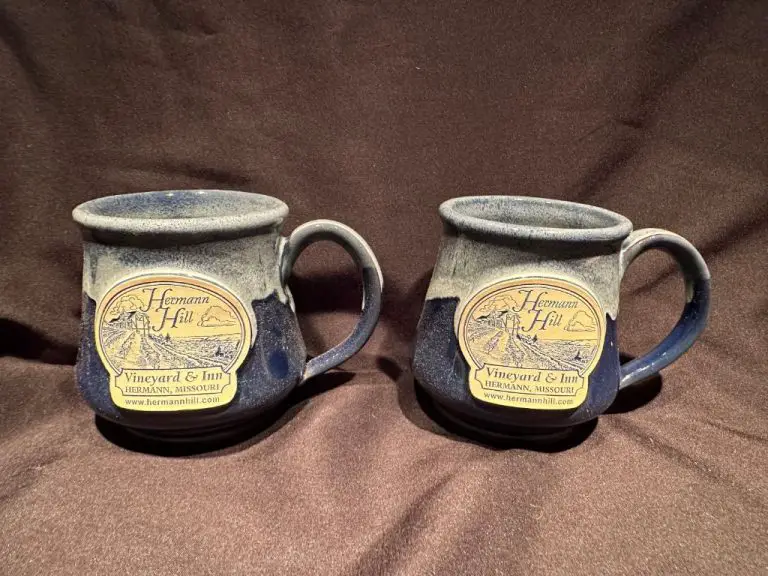Is Lime Green A Winter Color?
Lime green is a bright, vivid shade of green that is quite distinctive. It is a secondary color that is created by combining the primary colors yellow and blue. Lime green first became popular in the 1930s and has since become associated with refreshment, youthfulness, and vibrancy.
Lime green is often used in summer fashion and decor for its energizing and cheerful vibe. However, some wonder if this invigorating shade can translate to wintertime as well. This article will explore the history, meaning, and psychology of lime green and discuss its potential as a Winter color. We’ll examine if lime green can liven up the cold weather months or if it should be reserved strictly for summer.
History of Lime Green
The first recorded use of “lime green” as a color name in English was in 1890.[1] The name comes from the citrus fruit lime, which was often described as having a green color in the late 19th century.
In art and design, lime green started becoming popular in the Art Deco period of the 1920s. It was frequently used in fabrics, pottery, and posters during this time. Lime green took on a psychedelic association in the 1960s and was widely used in pop art, especially by Andy Warhol. It became a trendy fashion color in the 1970s, which became known as the most colorful decade in fashion history.[2]
[1] https://en.wikipedia.org/wiki/Lime_(color)
[2] https://www.colorpsychology.org/lime-green/
Color Theory
The color wheel is a tool used to visualize how colors relate to one another. It is organized by hues, with primary colors red, blue and yellow forming the basis. Secondary colors like green are created by mixing two primary colors together (in this case, blue and yellow).
Colors are also categorized as warm or cool. Warm colors like red, orange and yellow evoke warmth, energy and excitement. Cool colors like blue, purple and green are often described as calm, peaceful and soothing. Lime green sits right between the warm yellow-greens and the cool blue-greens on the color wheel. This places it directly in the middle of the spectrum, embodying both warm and cool characteristics.
When selecting color harmonies, lime green has the versatility to work with shades on both sides of the wheel. Analogous harmonies use adjacent colors, so lime green can pair well with yellow, yellow-green and green or blue, blue-green and green. Lime green also works for complementary harmonies, since its opposite on the color wheel is red. Overall, the balance of warm and cool in lime green gives designers great flexibility.
Psychology of Color
Lime green is considered an energetic, vibrant color that evokes feelings of health, vigor, freshness and creativity (“Everything about the color Lime Green,” https://www.canva.com/colors/color-meanings/lime-green/). It represents nature, youth and rejuvenation (“Lime Green: Color Psychology, HEX, RGB and CMYK,” https://www.colorpsychology.org/lime-green/).
In contrast, typical Winter colors like navy, burgundy, deep emerald and royal blue are seen as more sophisticated, traditional and reserved. They evoke feelings of trust, professionalism and stability. While lime green has an uplifting brightness, Winter colors are darker and muted in tone.
Lime Green in Winter Fashion
Lime green has emerged as an unexpected and vibrant color trend for winter fashion. Though typically associated with spring and summer, lime green can provide a fresh and lively pop of color during the darker winter months.
Many designers have incorporated lime green into their winter collections, often pairing it with more traditional colors like black, grey, and brown. For example, Chanel’s Fall 2020 Ready-to-Wear collection featured a lime green tweed jacket and skirt combo. Other designers like Michael Kors, Givenchy, and Valentino have also sent lime green designs down the runway for winter seasons.
Lime green winter outfits often mix the bright color with winter neutrals. A lime green sweater or top can be worn with grey or black pants or a skirt. Lime green coats and jackets also make a statement over an all-black outfit. For men, a lime green shirt or sweater can be layered under a navy blazer. Lime green accessories like scarves, gloves, and hats are also an easy way to incorporate the color into a winter look.
In everyday winter fashion, lime green appears in winter coats, puffer jackets, turtlenecks, beanies, and more. The color adds vibrancy to the shorter, darker days of winter. Overall, lime green winter fashion and outfits provide a fun unexpected pop of color against the neutral winter backdrop.
Lime Green for Winter Decor
Lime green can add a fun, vibrant touch to winter home decor. The bright, cheerful hue provides a sense of warmth and energy during the darker winter months. Lime green decor accessories like throw pillows, blankets, and accents introduce pops of color to neutral winter spaces.
For example, place lime green pillows on a white or gray sofa or bedding set. Or display lime green vases, candles, or kitchenware as accent pieces throughout the home. Hang lime green artwork or decorative pieces to add personality to walls. Lime green area rugs can also energize a living room or bedroom.
When using lime green in winter decor, pair it with cool tones like white, grey, light blue, or silver. The contrast makes the lime green pop. But go easy on the lime green – too much can feel overwhelming. Aim for lime green to make up 10-20% of the overall decor scheme for a balanced look.
For holiday decorating, lime green can provide a fresh alternative to traditional red and green. Try a lime green Christmas tree as a unique centerpiece. Or weave lime green ribbon through a garland over the mantel. Mini lime green ornaments also make fun additions to the typical holiday decoration mix.
Lime Green in Winter Nature
While not as common as other colors, lime green can occasionally be found in winter nature scenes. One notable occurrence is lichens and mosses that remain bright green even in the coldest months. These hardy plants thrive in winter’s cool, damp conditions. Some varieties of evergreen trees and shrubs also retain the green hues of chlorophyll in their needles and leaves year-round. Pine, spruce, and fir trees are excellent examples. Their vibrant green needles stand out brightly against winter’s white snowy landscapes.
There are occasional rare natural phenomenon that can turn winter landscapes lime green. One is algae blooms in bodies of water caused by certain conditions that result in an overgrowth of green algae. Another example is green snow, caused by a high concentration of Chlamydomonas nivalis, a type of green algae that can thrive in frozen environments. While visually striking, these occurrences are uncommon.
Overall, lime green is an unexpected and refreshing natural color to find in winter scenes dominated by whites, grays, browns, and evergreen hues. When it occurs in lichens, mosses, pine needles, and other resilient vegetation, it reminds us that even in the harshest season, life finds a way to persist.
Cultural Associations
Lime green has strong cultural associations related to winter holidays and events. In the United States and other Western countries, lime green is often used in decorations and fashions during the winter holiday season.
Lime green is especially associated with Christmas. Many Christmas trees are decorated with lime green ornaments and tinsel. Lime green is also a popular color for Christmas lights and garlands. According to research, the vibrant shade helps convey the celebratory spirit of the season (Source).
In China, lime green is considered a lucky color for the Lunar New Year, which occurs in winter. People wear lime green clothing and give lime green gifts containing money for good fortune in the coming year (Source). Lime green is also connected to renewal and fresh starts.
For many cultures, lime green has symbolic meaning related to the return of springtime after winter. It represents the budding of new leaves and grass. Decorating with lime green in winter can represent looking forward to the future.
Expert Opinions
Color experts have varying opinions on whether lime green is suited for winter fashion and decor. Elizabeth Sweetheart, known for wearing lime green year-round, says “Lime green is a bright, energizing color that I think works beautifully in winter when things can seem dull and dreary.” She believes the color provides optimism during the darker months (source: https://www.sensationalcolor.com/meaning-of-green/).
However, color psychologist Sally Mahoney disagrees. “While lively colors like lime green can provide a boost of energy,” she argues, “they tend to clash with the more muted, cooler tones that suit winter aesthetics.” Mahoney recommends saving lime green for spring and summer when its vibrancy aligns better with the seasons.
Interior designer Claude Wright notes that lime green can work for winter decor, but it must be used sparingly. “A little bit of this intense shade goes a long way,” he advises. “Consider lime green accents on pillows or other accessories against a neutral winter palette.” This provides a pop of color without overwhelming the eyes (source: https://www.pinterest.com/pin/green-symbolizes-renewal-provides-optimism-and-enhances-growth–498562621229575571/).
Conclusion
In summary, lime green has historically been associated with vibrancy and energy, which creates an interesting contrast when paired with the serenity and tranquility of winter. While not a traditional wintery hue, lime green can provide a fun pop of color during the darker winter months.
The psychology of color tells us that lime green promotes feelings of renewal and growth, which helps overcome the stagnation of winter. Lime green is also found abundantly in nature during winter, from holly berries to new growth on conifer trees, demonstrating its natural suitability.
In fashion and decor, lime green has emerged as a modern winter trend, providing a refreshing change from traditional colors like red, green, and blue. When used selectively as an accent, lime green can liven up a winter outfit or decor scheme without overwhelming.
While opinions differ on the appropriateness of lime green for winter, most experts agree it works best when balanced with more traditional wintery neutrals. Overall, lime green can be an invigorating pop of color during the winter months, but is best used in moderation.





